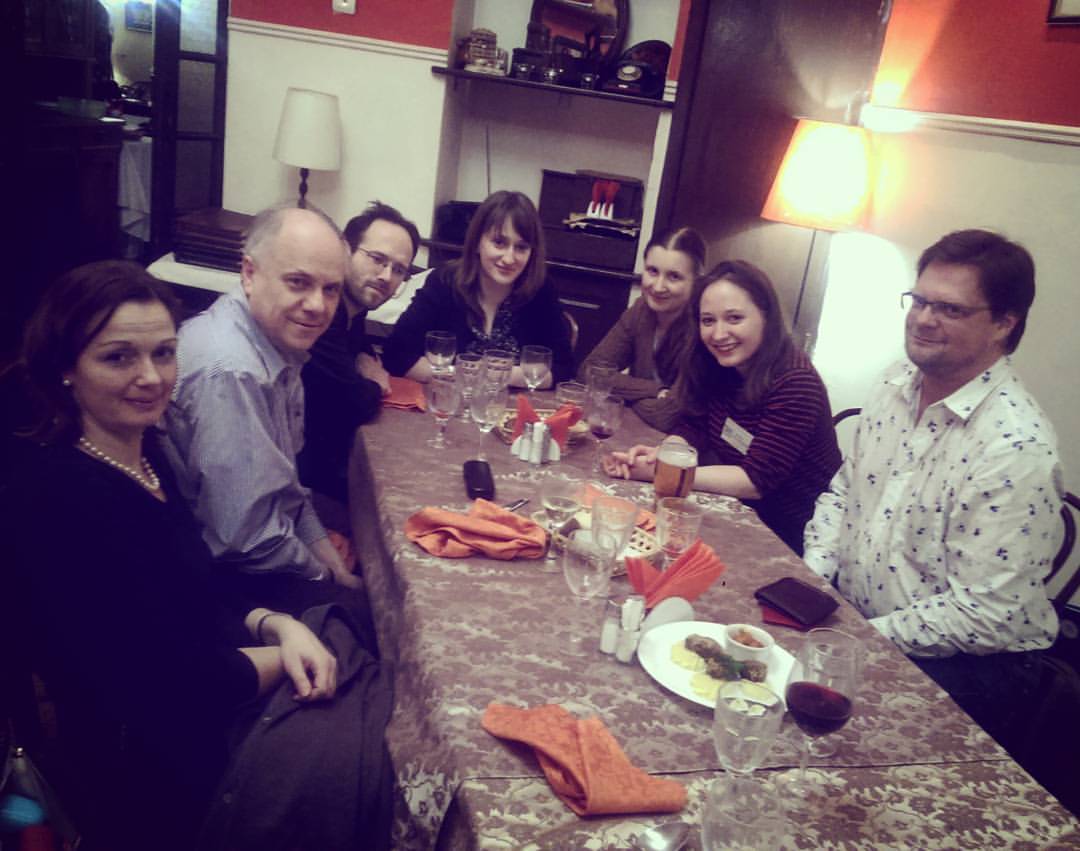Speaker: Kevin Ryan (Harvard)
Title: Onset vs. rime effects in phrasal weight
Date/Time: Monday, April 3, 5:00–6:30pm
Location: 32-D461
Abstract:
Prosodic end-weight (PEW) refers to the specifically phonological aspect of end-weight, whereby prosodically heavier constituents tend to be preferred domain-finally, all else being equal (i.e. controlling for semantics, frequency, morphosyntactic complexity, etc.). This tendency can be seen in coordination (“X and Y” or “Y and X”?) among numerous other constructions, is widespread (though not universal) cross-linguistically, and is amply supported by experiments, including wug-tests. Several explanations have been put forth for PEW, including final lengthening, complexity deferral (for reasons related to processing), metrical optimization, phonotactic optimization, and (esp. in my own work) stress-weight alignment in sentential prosody. I maintain that the stress-weight interface best explains the core properties of PEW, while the other factors are either irrelevant or at least largely orthogonal to it. One area in which the stress-weight analysis illuminates PEW concerns its differing treatment of onset vs. rime segments. For instance, in the nucleus and coda, greater sonority correlates with greater weight, while in the onset, the generalization is reversed: Greater obstruency patterns as heavier. This reversal is also evident from other types of weight systems (with phonetic rationales in Gordon 2005, Ryan 2014). Thus, I propose that PEW instantiates the same stress-weight interface that is well-documented for stress, meter, etc., a generalization of Weight-to-Stress (Prince 1983 et seq.). The proposed generalization is formalized as a stringent weight hierarchy (e.g. moraic sonorant X > moraic X > X), partly to avoid monsters, but stringency can only be maintained if one recognizes a natural class that is the union of onset obstruents (which cannot be analyzed as moraic in English) and rime segments (which are moraic), among other issues.
